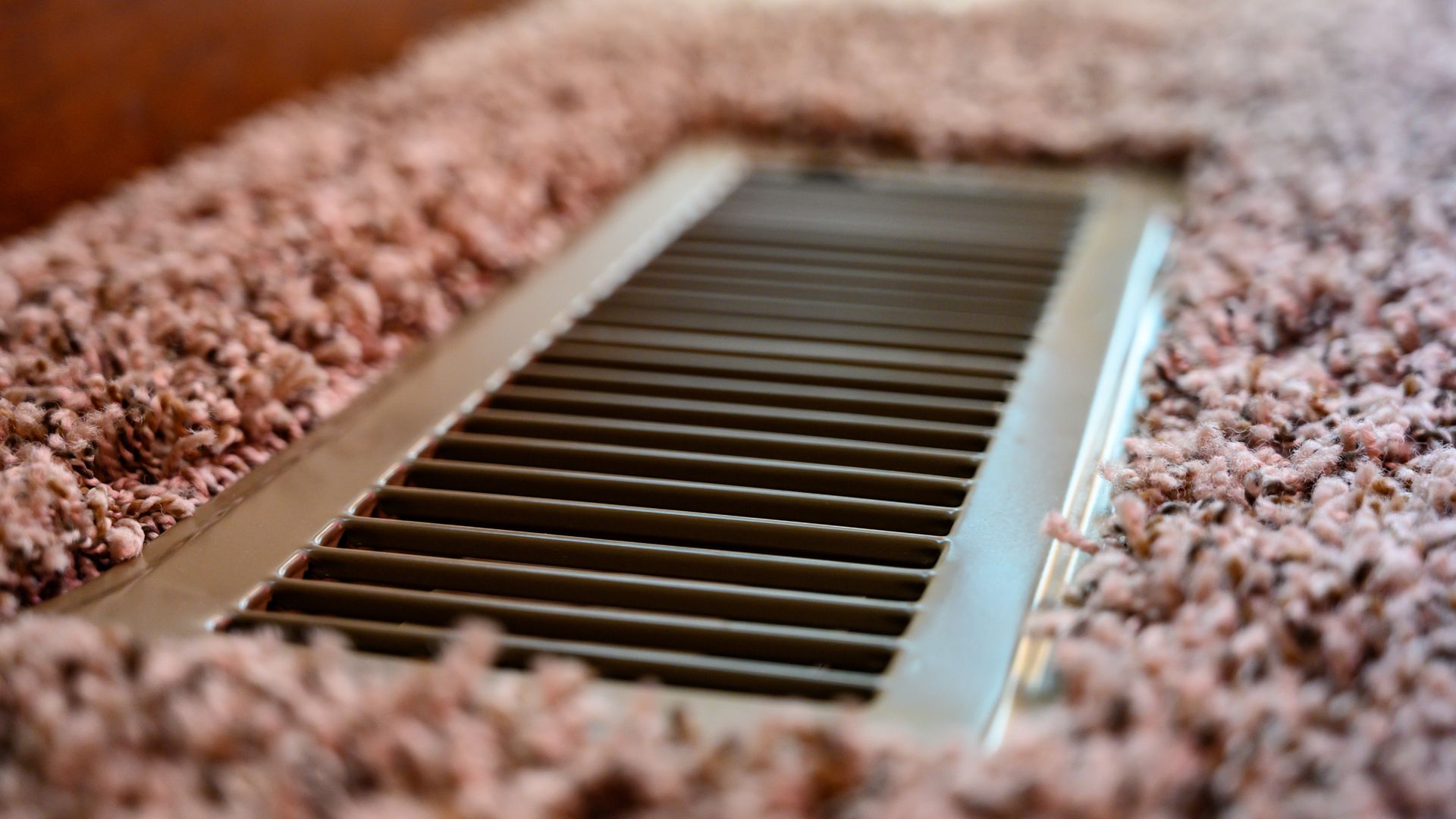You’re conditioning unit never works harder than it does in the middle of summer, and this usually means higher energy bills for you as well. We’ve compiled some tips to help your unit run efficiently and to help save you a few dollars along the way.
Have the AC Maintained
Regular maintenance for your air conditioning unit is crucial to ensuring that it works well. If your AC fails due to a lack of professional maintenance, your warranty won't cover the repairs.
The benefits of maintenance include:
Lower energy bills
Cleaner indoor air
A longer-lasting AC
Fewer repairs in the future
A typical tune-up could cover things like thermostat calibration, which lets the thermostat more accurately read the indoor temperature; parts lubrication, which prevents overheating; and condensate drain line cleaning, which prevents mold growth. The technician could also test for proper airflow and tighten any loose electrical connections.
Replace the Air Filters
There's one maintenance task you can always do yourself, and that's filter replacement. In fact, leaving it for the annual tune-up would be unwise. Pleated filters are best for the average home, and they need replacing every 60 to 90 days. If your indoor air is already being compromised by pets inside or smog outside, you may need to replace them more frequently.
Besides keeping the indoor air clean, filters keep your cooling bill down because they let the air circulate without obstructions. Dirty filters block airflow, and the blockage puts stress on the AC. The U.S. Department of Energy says that clogged filters increase energy consumption by 5% to 15%.
Clean the Coils
Evaporator coil and condenser coil cleaning are usually part of maintenance, but you could handle this job yourself. Doing so every three months is recommended. This is how it works: The evaporator coil has refrigerant coursing through it, which absorbs the heat, and the refrigerant travels to the condenser outdoors, where the condenser coil removes the heat. If either coil is dirty, you risk getting lukewarm air and putting wear on the AC.
Cleaning them is simple. Spray a solution of warm water and detergent onto the coils and wipe them down once it has loosened the dirt and grime. A soft brush can come in handy, too. You could also gently hose down the condenser since this unit can get clogged with foliage or dead insects.
Program the Thermostat
Now that you've ensured that the AC works without malfunctioning parts, blocked airflow, or obstacles to the transfer of heat, you'll want to turn your attention to the AC's "brain," the thermostat. Assuming that you own a programmable thermostat, the proper use of it could save you as much as $180 a year, according to the EPA.
The Department of Energy recommends setting the thermostat at 78 degrees Fahrenheit in the summer, but this is when the home is occupied. When away or asleep, you can set it slightly higher without any worries. If for eight hours a day you set your thermostat 7 to 8 degrees higher than the normal setting, you could reap energy savings of up to 10%.
Consider a More Energy-Efficient System
You may want to consult a professional on upgrading to a new and more efficient AC. Replacement may be advisable if your current system:
Is between 15 and 20 years old
Breaks down frequently
Has a SEER rating below 13
SEER stands for seasonal energy efficiency ratio, and it compares the cooling output to total energy usage during a given season. Current ACs boast a SEER rating between 13 and 21, and the higher the rating, the greater the efficiency.
If you’re not sure how to solve your next air conditioning obstacle, give the experts at Carter Comfort Systems a call or visit us online!

